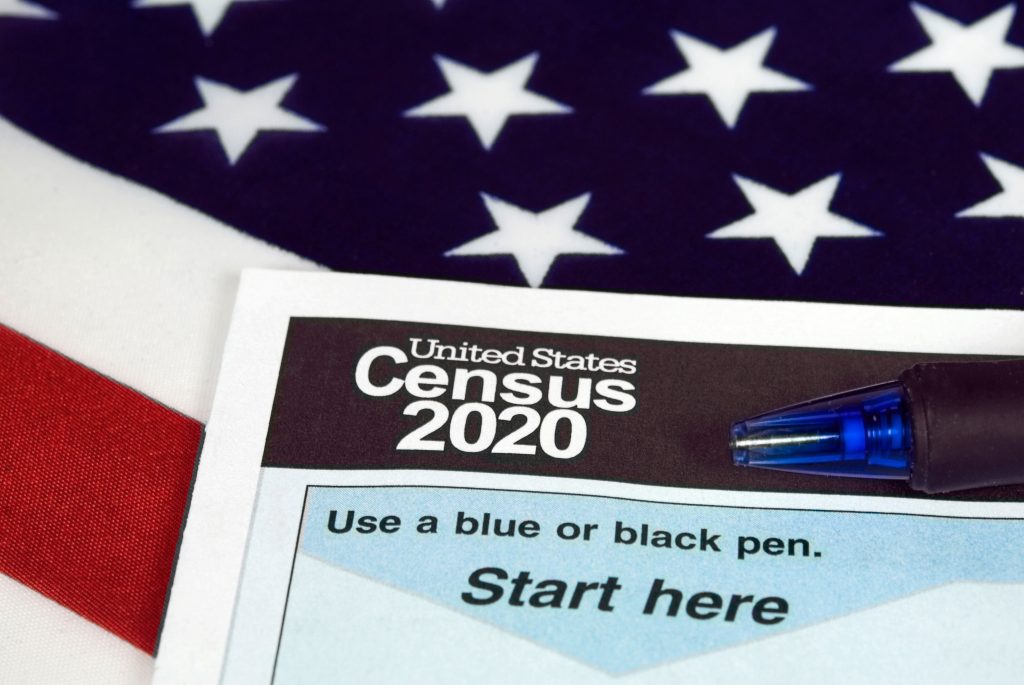The Census Bureau has released new data on Nonresponse Followup (NRFU) completion rates and continues to release its data on self-response.
The data on total response rates breaks down enumeration data by self-response and NRFU. This data is accompanied by a tool that maps out self-response enumeration data (not NRFU) by state, county, congressional district, and census tract level. (You can access the map for each state by clicking on the information tab on the righthand column of the table.) This is the same self-response data that appears on the Hard to Count map; it’s another quick way to check how self-response is going.
This week, the Census Bureau also began to release daily NRFU completion rates by area census office. This will give you a better sense of how NRFU is going in your state. This data is also accompanied by a map feature that displays the data. The Census Bureau says that it will update the data and the graphic daily through early October.
The Bureau is closing out households after initial NRFU visits if they have what they consider to be good administrative data for that household. We know that historically the most reliable data has been self-response data. Fortunately, even after a household is closed during NRFU, people can self-respond, and the Bureau will then use their self-response instead of the administrative data.
This means that even in areas with high NRFU completion rates, it’s still very important to encourage people to self-respond, by mail, online, or by phone, to make sure their census data is correct and counts all kids.








